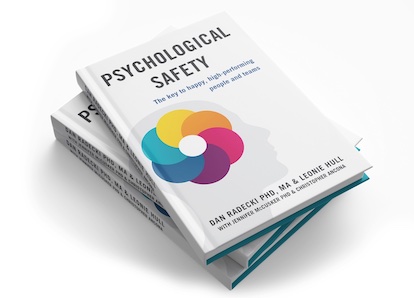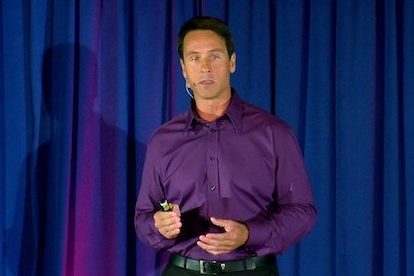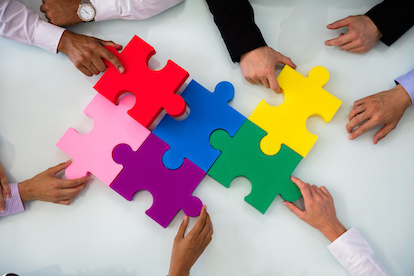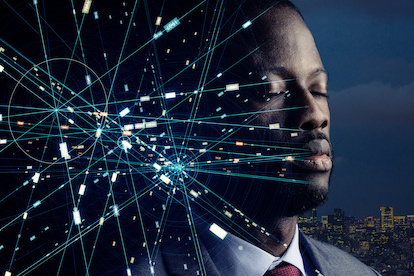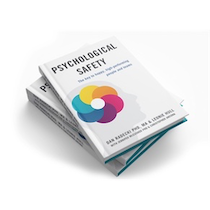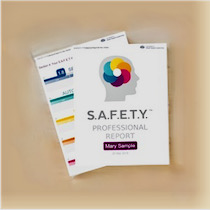Recent data reveals a concerning trend: many renowned companies like American Airlines, Nike, Twitter, Glassdoor, Wells Fargo, and Amazon have downsized their D&I departments. But why is this happening, and more importantly, how can organizations maximize the value of their D&I investments?
There are three main reasons often cited for reducing D&I roles:
- Positions were primarily created for optics, and with diminishing public attention, they are deemed expendable.
- Therefore, in a bid to cut costs amidst economic shifts, D&I becomes an easy target, because…
- D&I initiatives failed to produce tangible results.
While the third reason might sound like the most critical, hence nullifying the other two issues, the reality is that unsuccessful D&I outcomes are often due to flawed implementation.
Diversity is Not Inclusion
Diversity and inclusion, though interlinked, are distinct concepts that necessitate separate strategies and measurements. Mistaking them as one thing is a recipe for failure.
In many organizations, diversity has been narrowly viewed as merely fulfilling minority representation. However, true diversity is about introducing different perspectives and thought processes. It’s not just about age, gender, or race; it’s about broadening the scope of experiences and backgrounds. If diversity is seen in this way, it becomes a catalyst for creativity and innovation.
Yet, genuine diversity can pose challenges. A truly varied workforce can lead to feelings of exclusion or difficulties in team cohesion. This is where the importance of inclusion comes into play.
Inclusion: Beyond a Checkbox
Inclusion focuses on cultivating a sense of belonging, and fostering a safe environment for everyone, regardless of their backgrounds. Current methods, like merely measuring diversity through quotas or superficially addressing inclusion with “non-conscious bias training”, fall short. (Showing unconscious biases gives little guarantee of doing something about it.)
Two primary challenges are:
- An inaccurate metric system for measuring diversity.
- Inadequate strategies for fostering inclusion.
Yet, there is a way forward.
Neuroscience and Inclusion
To effectively measure inclusion, we must delve deeper than superficial markers. Neuroscience offers invaluable insights. It identifies six crucial triggers, encapsulated in the S.A.F.E.T.Y.™ Model:
-
- Security: The need for predictability, consistency, and certainty (Change is bad).
- Autonomy: The desire to have control over one’s environment.
- Fairness: The intrinsic need for equitable interactions.
- Esteem: The need for self-respect and acknowledgment.
- Trust: The social requirement to belong to and protect those we deem “like us”.
- You: Your unique experiences, influences and goals
The Academy of Brain-based Leadership has been at the forefront of this work, crafting assessments that aid teams in recognizing these triggers and creating plans of action to bring diverse individuals together. Importantly, the ABL system is the only D&I system in the industry considering the ISO framework DMAIC (Define, Measure, Analyze, Improve, Control).
Our industry-leading S.A.F.E.T.Y.™ assessment compares each individual’s sensitivity to brain-based triggers to more than 12,000 business professionals from around the world. This allows an individual to know where they stand compared to their colleagues. When used inside our workshop, teams learn the diversity of the needs of their teammates and are shown and create ways to meet these needs to improve performance.
Furthermore, ABL has created the S.A.F.E.T.Y.™ Pulse survey, a short questionnaire that can be sent to a team each quarter to facilitate regular feedback to ensure consistent progress.
To genuinely optimize D&I strategies, it’s essential to have the right tools to measure and improve. The Academy’s approach aligns with the framework to ensure effectiveness.
In Conclusion
If you’re committed to harnessing the true potential of D&I, transitioning from a superficial approach to a neuroscience-based one can be a game-changer. You can learn more about the process and science at https://brainleadership.com/solution/diversity-inclusion/, or schedule a conversation about your goals with us at info@brainleadership.com
Ready to take your leadership to the next level? The Brain-Based Leadership Certificate is the perfect starting place for your journey into becoming a more brain-aware leader and ultimately, a more effective facilitator of personal and professional relationships – visit https://brainleadership.com/solution/bblcertificate/ for more information or reach out to solutions@brainleadership.com to discuss the certificate in more detail and assess whether it is the right fit for you.

